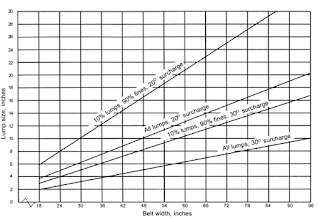Special Belts : Battery Pasting Belts
Good Evening Everyone...!!! Today we are going to discuss about a Special Type of Belt "Battery Pasting Belts". Let's start it with a brief Introduction. ★ Brief Introduction We offer new generation truly endless, without any joint, battery pasting belts for Grid Pasting Machines used in Automotive & Industrial Battery manufacturing units. These belts have higher abrasion resistance with additional advantage of minimizing consumption of paste which helps in increasing the life and also reducing the cost of production. This effectively decreases the frequency of replacing the belts, thus controlling the downtime while increasing the productivity, thereby reducing the cost in the long turn. ★ Advantages The advantages of the non-woven AGETEMP® Battery pasting belts are: Truly endless, without joint – all the surface of the belt is the same, no weak points Longer life of the belt helps in extended change period Higher abrasion resist






